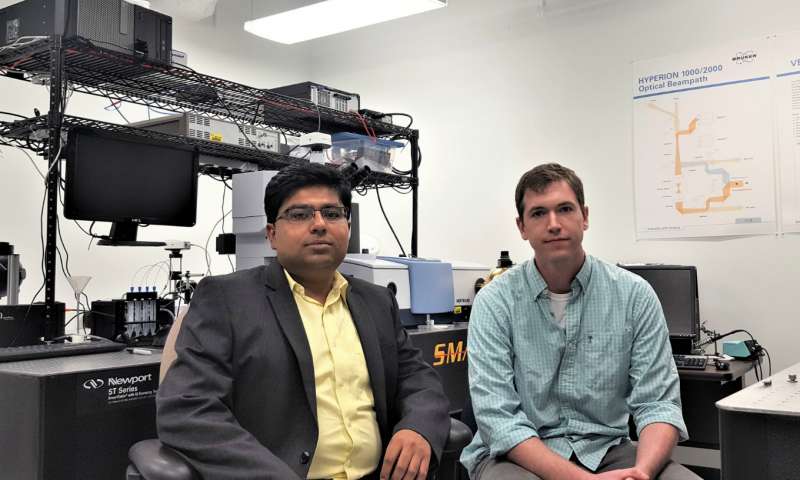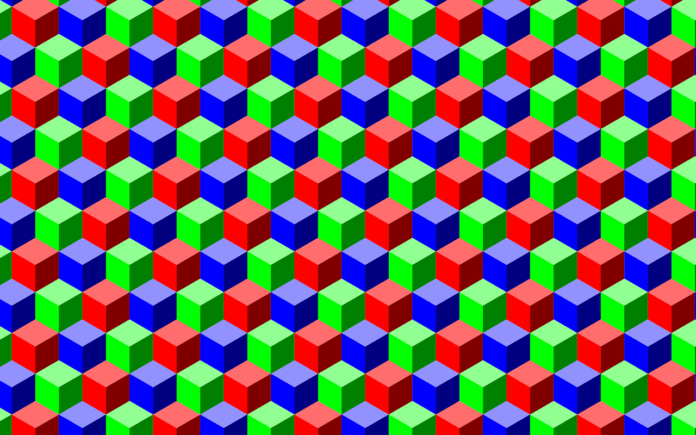Researchers at televisions, smartphones and other devices.
Conventional screens are made of thousands of pixels that display different colors to form the images. Each of these pixels contains three subpixels — one red, one green, one blue.
But, this new developed LED technology are able to change the color of individual subpixels to red, green or blue by applying differing voltages.

Professor Debashis Chanda said, “We can make a red subpixel go to blue, for instance. In other displays that are not possible because they need three static color filters to show the full RGB color. We don’t need that now; a single subpixel-less pixel can be tuned across a given color gamut.”
By just eliminating these three subpixels that make up every pixel, scientists reduced the size of each individual pixel. That means three times higher resolution. Thus, it may possibly use in augmented reality and virtual reality headsets as they are so close to the eye.
The breakthrough will have major implications for the pixel-based displays that are ubiquitous in today’s world. For example, TV, smartphones and other general displays.
This is the world’s first proof-of-concept display utilizing the plasmonic phenomenon. They’ve created an embossed nanostructure surface resembling an egg crate, covered with a skin of reflective aluminum. But they required several variations of this nanostructure to achieve the full range of colors. Later, they found that modifying the roughness of the surface allowed a full range of colors to be achieved with a single nanostructure.
Daniel Franklin said, “It allows you to leverage all the pre-existing decades of LCD technology. We don’t have to change all of the engineerings that went into making that.”
